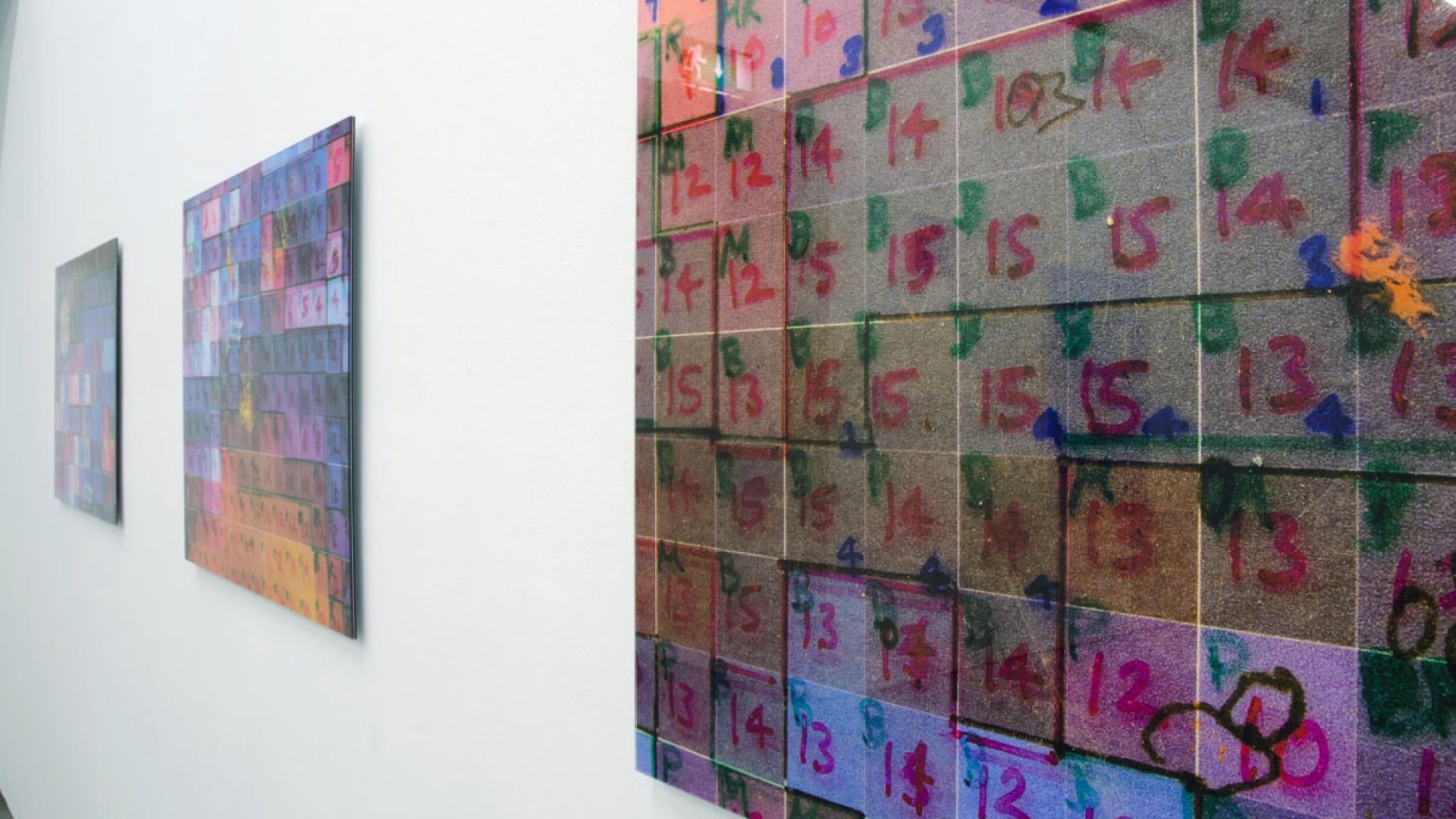Interview for POSTmatter (complete text), 2014
The complete interview text from an article written by Jonathan Openshaw for POSTmatter which was published on January 14, 2014.
My background is actually in computer programming so I guess it is quite natural that this influence would very present in my artwork. I studied programming for about 3 years and then went on to study painting, which initially seemed to be the complete opposite to the structure and logic of programming languages and the mathematics that I had come from but it didn’t take long before all of these past influences began seeping out and infecting the way that I approached painting. Also over the years I worked teaching multimedia applications and as a web designer, developer and programmer. So I think there is no way for me to avoid dealing with the digital world and the technology in a very direct way.
My interest in the digital errors and glitches is both an aesthetic fascination, with a love of their abstract qualities and how they invade and obscure, and also from interest in the hidden structure underlying digital images. It exposes or maybe acts as a reminder, a brief flash, of how they are made, how the visual information is interpreted, manipulated, reduced or compressed and then how they are transmitted, and the glitch is hint towards a communication breakdown.
